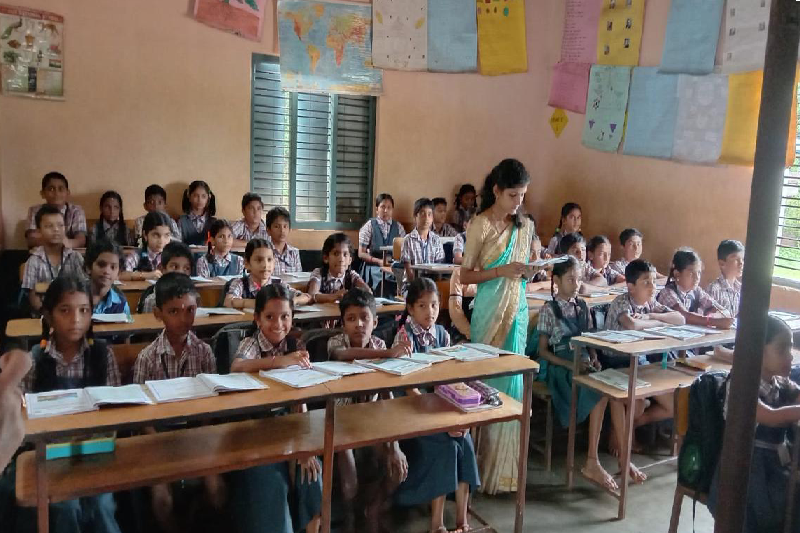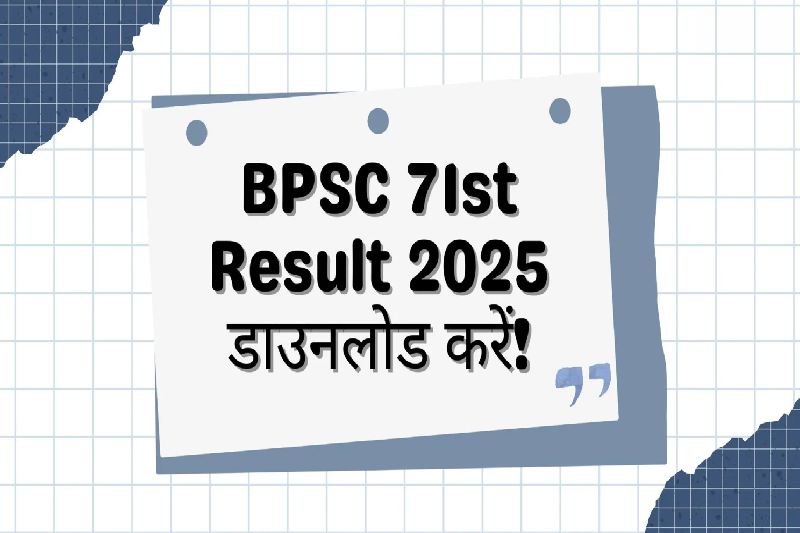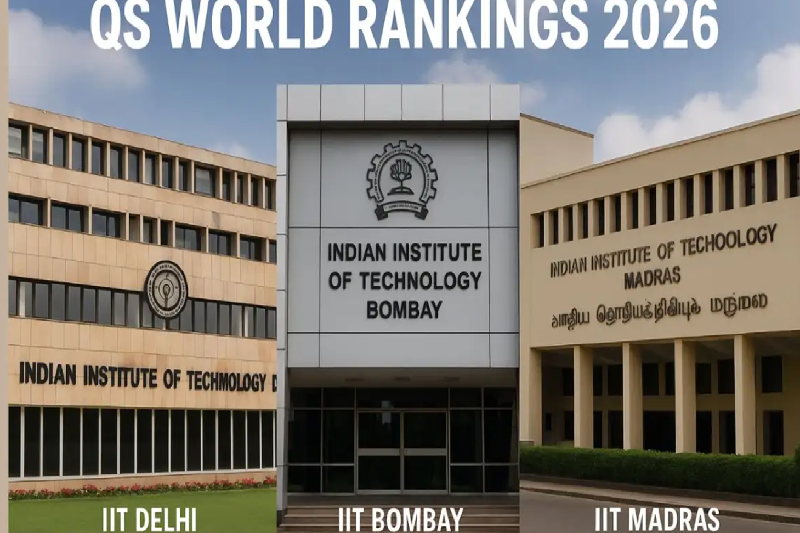
11,000 Vacant Teaching Posts Hamper Karnataka’s Aided High Schools
The shortage of teachers in Karnataka’s aided high schools has become a pressing challenge, undermining the state government’s strategy to enhance the performance of Secondary School Leaving Certificate (SSLC) examinations. Despite a 29-point action plan designed to improve outcomes, the absence of more than 11,000 teachers across the state’s three education divisions has raised serious concerns about the quality of education being delivered.
11,095 Vacancies Across 3,630 Aided High Schools
According to official figures presented in the legislative session, there are 11,095 vacant teaching posts spread across 3,630 aided high schools in Karnataka. The vacancies are unevenly distributed across the Bengaluru, Kalaburagi, and Dharwad divisions, with the Bengaluru division facing the most severe shortfall.
The shortage has highlighted a major gap in the education system—while policies and programmes are being implemented to raise academic performance, the lack of qualified teaching staff continues to undermine their execution.
Bengaluru Division Faces the Largest Shortage
The Bengaluru education division has emerged as the most affected, with 6,000 vacant posts across its 1,938 aided high schools. Currently, the division has 10,346 teachers working, but the number falls drastically short of the required capacity.
Within the Bengaluru division, Tumkur district alone accounts for 1,223 vacant posts across 259 aided high schools, making it the hardest hit in the region. Other districts, including Chitradurga, Davanagere, Hassan, and Kodagu, also report significant shortages. In contrast, Bengaluru North, South, and Urban districts have the least number of vacancies, though they are not entirely free from the crisis.
Dharwad Division: Persistent Teacher Gaps Across Nine Districts
The Dharwad division, which covers nine districts, has also been grappling with a substantial shortfall of 3,604 teachers across 1,235 aided high schools. A total of 9,399 teachers are currently employed, but the gap between requirements and availability continues to widen.
Breaking it down district-wise, the teacher shortages are particularly alarming in Belagavi and Vijayapur, with each district reporting 686 vacancies. Other districts in the division include:
- Chikkodi: 514 vacancies across 152 aided high schools
- Haveri: 400 vacancies in 158 aided high schools
- Bagalkot: 396 vacancies across 126 aided high schools
- Gadag: 307 vacancies in 100 aided high schools
- Dharwad: 304 vacancies in 145 aided high schools
- Karwar: 255 vacancies in 82 aided high schools
- Sirsi: 56 vacancies in 56 aided high schools
The wide-ranging shortage in this division paints a worrying picture for districts that already face challenges in educational accessibility.
Kalaburagi Division: Smaller in Size, Big in Challenges
Though smaller in terms of the number of aided high schools, the Kalaburagi division is not immune to the crisis. Out of 457 aided high schools, the division currently employs 2,739 teachers, but still struggles with 1,491 vacancies.
Within its seven districts, Bidar has emerged as the worst affected, reporting 443 vacant posts. Other districts facing shortages include:
- Kalaburagi: 402 vacancies
- Vijayanagara: 253 vacancies
- Raichur: 135 vacancies
- Ballari: 117 vacancies
- Koppal: 82 vacancies
- Yadgir: 59 vacancies
Given that Kalaburagi already has the lowest number of aided high schools among the three divisions, the lack of adequate teaching staff could significantly worsen student learning outcomes.
Impact on SSLC Performance Improvement Strategy
The shortage of teachers comes at a critical time when the education department has introduced a 29-point programme to improve the SSLC pass percentage across the state. This programme includes stricter rules, more academic monitoring, and additional school-level activities to push students toward better performance.
However, the severe lack of teachers raises doubts about whether the plan can succeed. With schools already stretched thin and teachers burdened with extra responsibilities, the absence of adequate manpower may prevent the effective execution of these guidelines.
Legislative Concerns and Government Response
The issue was brought into sharp focus during the recent legislative session when MLC K Vivekananda sought details from the Minister of School Education and Literacy regarding the state of aided high schools. In his reply, Minister S. Madhu Bangarappa confirmed the alarming figures, outlining the number of aided high schools, teachers currently in service, and the vacant posts across all three divisions.
The data has sparked widespread concern among educators, policymakers, and parents, as it reveals systemic gaps that could jeopardize student outcomes in the coming years.
A System in Urgent Need of Attention
The shortage of more than 11,000 teachers across Karnataka’s aided high schools is not just a staffing issue—it is a crisis with long-term implications for student learning, equity in education, and the state’s overall academic performance.
Unless the government prioritizes urgent teacher recruitment drives, addresses district-wise disparities, and strengthens resource allocation, the ambitious SSLC improvement strategies may remain on paper, failing to translate into real results for students.
Conclusion
Karnataka’s education system stands at a crossroads. While the vision for improved SSLC performance through structured programmes is commendable, the teacher shortage in aided high schools threatens to derail progress. With thousands of classrooms left without qualified educators, students are bearing the brunt of systemic inefficiencies.
The solution lies in a comprehensive recruitment strategy, timely appointments, and consistent monitoring to ensure that no child is deprived of quality education due to the absence of teachers. The future of Karnataka’s students—and the credibility of its education reforms—depends on how swiftly and effectively this issue is resolved.


